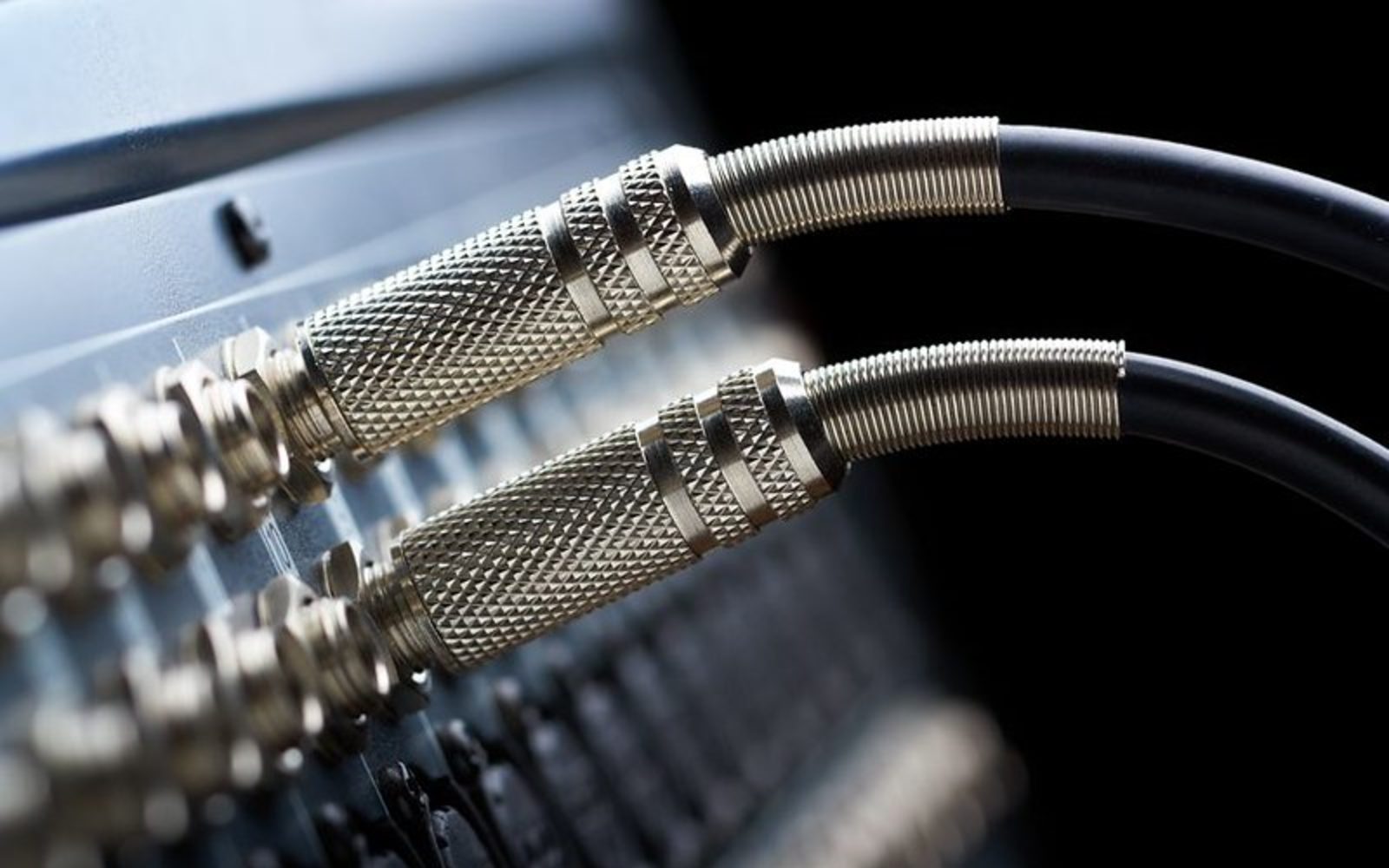In the world of recording, there's so much more to learn, and more mistakes to make, than we may ever understand!
Recently I was consulting on a recording studio install, and in the midst of planning the cable situation the question came up: “What’s the actual difference between unbalanced and pseudo-balanced audio?”
For producers and home studio owners that are embarking on an install, my knee jerk reaction is to recommend the Yamaha Sound Reinforcement Handbook as it’s our closest analog to an audio bible. But as times change, audio becomes people’s nocturnal side hustle and so I thought I would take us back to audio school without burying us in dense electronics theory.
Read all the latest features, columns and more here.
First: What’s Unbalanced?
Unbalanced audio is the most basic type of analog connection. A standard guitar cable (TS), RCA cable, or the line outputs on your synth or audio interface are probably unbalanced.
An unbalanced cable carries:
- One wire for the signal
- One wire for the ground (also acting as shield)
But here’s the problem: unbalanced cables are vulnerable to noise, especially over long runs. If your cable is 5+ meters long, or it’s running near power bricks or lighting gear, you might start hearing hum, buzz, or radio noise sneaking into the signal. It’s a clean signal until it isn’t.
Balanced Audio
Balanced audio solves that noise problem by adding a second copy of the signal but inverted. That means:
- One wire carries the original signal (hot)
- One wire carries the same signal, flipped upside down (cold)
- One ground wire acts as a shield
When this signal gets to your audio interface or preamp, the cold signal is flipped back into phase and combined with the hot signal. Because both wires picked up the same noise during the trip, but now one is inverted, the noise cancels itself out. It’s called common-mode rejection, and it’s why balanced audio is the go-to for professional studios, stage rigs and long cable runs.
PSEUDO BALANCING
Here’s where things can get weird.
Pseudo-balanced is like a halfway point. It uses a three-pin connector (like an XLR or TRS), and it might look like a balanced signal, but there’s no inverted audio copy being sent.
Instead:
- The signal goes down one wire
- The second wire is either tied to ground or matched in impedance
- The ground/shield wraps around both
So when you plug this into gear with balanced inputs, it still receives the signal and can reject some noise… not all, but enough to make it superior in contention to an unbalanced connection.
So why don’t manufacturers just properly balance things? Cost and simplicity. True balanced outputs need some extra components like line drivers, transformers or op-amp stages. Not all equipment, especially the old gas cooker vintage blues lawyer collectible types that we know and love, include that. The reason would be short cable presumptions, if gear is in the same rack or on a desk with patch cables shorter than a meter, full noise rejection might not be necessary. Pseudo balancing gives a bit of extra protection without the extra circuitry.
You can’t always tell just by looking at a cable or jack as they all wear the same face. But sometimes the manual will provide, slipping in a line like “impedance-balanced” or “pseudo-balanced” which is usually code for not quite the real thing.
Pop the lid on the unit and the story becomes clearer. If that XLR output only has two wires soldered — signal and ground — then it’s not truly balanced, just borrowing the format. And if Pin 3 is either grounded or left floating, you can be sure there’s no inverted signal riding along. It’s a one-way message dressed like a two-way conversation.
The thing is that a lot of gear does this, even expensive compressors, EQs and synths. I’ve opened up units from top-shelf manufacturers that use this exact approach.
How much this affects depends on your recording studio set up, if you have long runs of cable, noisy power and/or a grounding issue somewhere, true balanced connections are of course imperative. If everything is local then pseudo balancing can suffice. If you are troubleshooting hum or hiss, switching from unbalanced to pseudo balanced might help but it’s not exactly magic. Only a transformer, DI box or ground lift is routinely preferable.
To anyone building a studio, unbalanced is fine for short, clean runs. Pseudo-balanced is a way of using balanced cables and connectors to get some of the benefits, even when the gear isn’t truly balanced. It’s a hack, but a smart one. Just don’t rely on it to solve major noise problems. And if you’re wiring up your own cables and going from unbalanced to XLR, tie Pin 3 to ground with a resistor (or directly) — this makes a pseudo-balanced connection that works better with high end equipment.
It’s not perfect, but it’s better than nothing. And sometimes, that’s exactly the level of compromise that makes sense in a home recording studio.

